Blame it on Top Gun. Ever since Tom ‘Maverick’ Cruise set the screen on fire in 1986, with his heroics aboard an F-14A Tomcat in the Tony Scott-directed, Jerry Bruckheimer-produced hotshot flyboy movie, we’ve always fantasised about being a fighter pilot. In the 35 odd years since then, our fantasies went nowhere, while Cruise, incredibly, is still at it, reprising his role in last year’s Top Gun: Maverick, looking as good as he did in the 1980s along with the equally hot Jennifer Connelly.
But enough about Cruise and Top Gun. What about books that talk about fast, glamourous aircraft and being stylish at 30,000 feet? Aircraft like the mighty SR-71 Blackbird (also sometimes called ‘Habu’), which flew at three times the speed of sound, or the supersonic passenger aircraft, Concorde, which went from Paris to New York in less than 3.5 hours (as compared to 7-8 hours for conventional jet aircraft!), flying at more than twice the speed of sound. For speed, glamour and intrigue in the skies, here’s our list of essential reading. These books are a must-read, seatbelts are optional.

Flying the SR-71 Blackbird: In the Cockpit on a Secret Operational Mission, by Richard H. Graham
‘For anyone who has ever wondered what it’s like to fly the SR-71 on a secret Mach 3 reconnaissance mission, this book has the answer. Completely redesigned and updated with photos from author Colonel Richard H. Graham’s personal archive, as well as a new introduction, Flying the SR-71 Blackbird details what an SR-71 mission entailed, from planning to donning a pressure suit to returning to base. The Lockheed SR-71, unofficially known as the Blackbird, was an advanced, long-range, Mach 3 strategic reconnaissance aircraft developed by Lockheed Skunk Works. The aircraft flew so fast and high that not one was ever shot down, even by a missile. SR-71 pilot and instructor Colonel Richard Graham offers a rare cockpit perspective on how regular Air Force pilots and navigators transformed themselves into SR-71 Blackbird crews, turning their unique aviation talents to account in an unprecedented way. Arguably the world’s foremost expert on piloting the Blackbird, Graham takes readers along on an operational mission that only a few Air Force pilots have ever experienced,’ says the publisher’s note. You can read a detailed preview of the book on Google Books.

Supersonic: The Design and Lifestyle of Concorde, by Lawrence Azerrad
‘This stylishly illustrated book looks back at the future of air travel and is as sleek and elegant as the Concorde aircraft it celebrates. When the first commercial Concordes zoomed off the runways in Paris and London in the late 1960s, crossing the Atlantic in just under three hours, they established a new standard for luxury flight. Powered by 38,000 pounds of thrust and easily recognizable with its delta wing and drooping nose, the Concorde jet embodied the pinnacle of aviation technology and industrial design. It quickly became the preferred mode of transatlantic flight for superstars and business moguls alike. Opening with a lively history of the jet and how it changed travel, the book focuses on the look and feel of the Concorde. Photos of the jet’s evolving interiors show how the original, starkly designed cabin gave way to luxury seats and interiors designed by the likes of Sir Terence Conran and Andrée Putman. Filled with fascinating historical and technical background, and drawn from the author’s personal collection of more than one thousand Concorde-related objects, this elegant book offers rarely seen historical photography and first-hand contributions from the people who helped create the Concorde experience from take-off to landing and beyond,’ says the publisher’s note. A superb book, highly recommended.
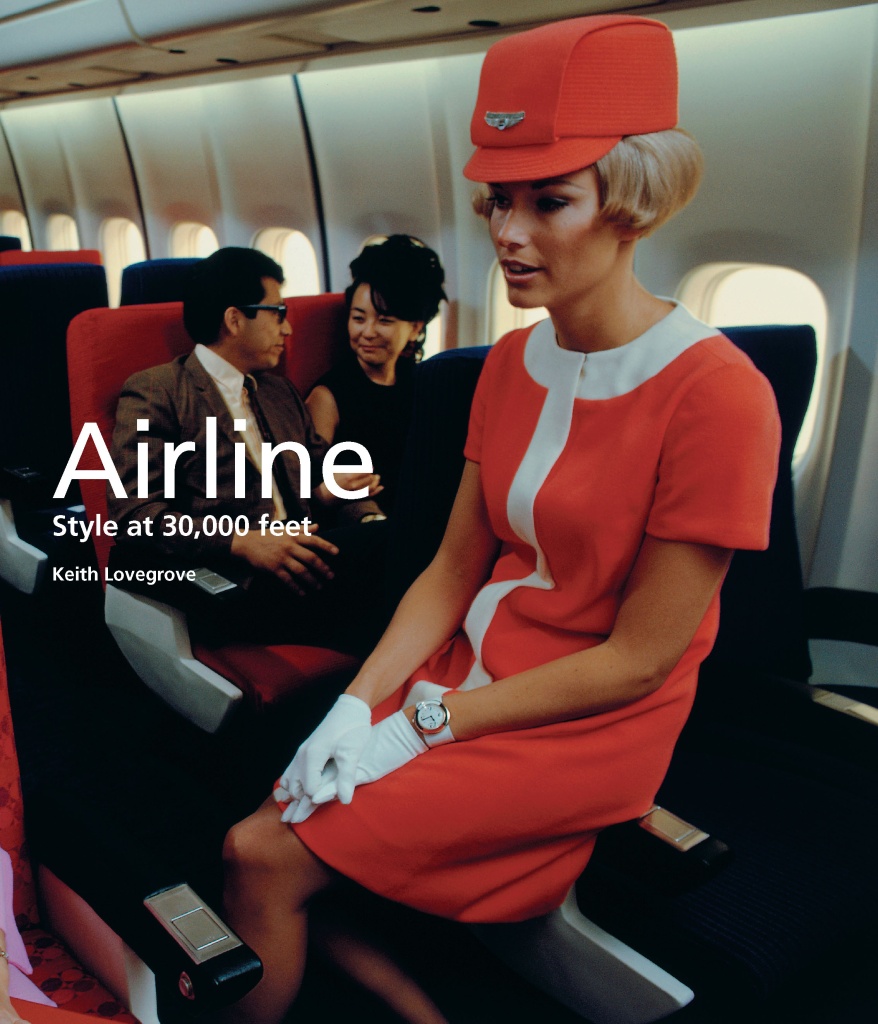
Airline: Style at 30,000 feet, by Keith Lovegrove
From outright speed and velocity to high fashion and glamour. ‘This fascinating book examines every aspect of airline style, from the company liveries and interior designs of planes to advertising, haute couture, and airborne haute cuisine. Divided into four sections covering fashion, food, interior design, and identity, Airline shows how airborne culture has changed since the 1920s. The book spans the conservative to the outrageous, from saris to hotpants, from Hugh Hefner’s private jet to the huge Airbus A380. A wide selection of retro styles are illustrated with illuminating archive material and images of ephemera. Airline uncovers the style, image, and experience of the parallel universe that exists at 30,000 feet,’ says the publisher’s note. You can read Oliver Ranson’s review of the book here and view some beautiful photographs from the book here

Yeager: An Autobiography, by Chuck Yeager
‘The secret of my success is that I always managed to live to fly another day,’ General Chuck Yeager used to say. ‘He was the greatest test pilot of them all – the first man to fly faster than the speed of sound. The World War II flying ace who shot down a Messerschmitt jet with a prop-driven P-51 Mustang. The hero who defined a certain quality that all hotshot fly-boys of the postwar era aimed to achieve: the ‘right stuff.’ Now he tells his whole incredible life story with the same ‘wide-open, full throttle’ approach that has marked his astonishing career. What it was really like engaging in do-or-die dogfights over Nazi Europe. How after being shot down over occupied France, Yeager somehow managed to escape. The amazing behind-the-scenes story of smashing the sound barrier despite cracked ribs from a riding accident days before. The entire story is here, in Yeager’s own words, and in wonderful insights from his wife and those friends and colleagues who have known him best. It is the personal and public story of a man who settled for nothing less than excellence,’ says the publisher’s note.
‘Yeager’s autobiography is an engrossing account of the exploits of a modern-day hero. From his boyhood in Virginia to retirement as an Air Force general and beyond, flying has been in Yeager’s blood. Blessed with 20/10 eyesight, he could spot enemy planes 50 miles away and end up on their tails, guns blazing. Yeager unabashedly shares the high and low points of his Air Force career. I particularly liked the sections called ‘other voices,’ in which his many friends weigh in with commentary on particular events or offer personal anecdotes about their relationships with him,’ says The Union.

Concorde: The Rise and Fall of the Supersonic Airliner, Jonathan Glancey
‘A celebration, as well as a thoroughly researched history, of a truly brilliant machine that became a sky god of its era. Jonathan Glancey tells the story of this magnificent and hugely popular aircraft anew, taking the reader from the moment Captain Chuck Yeager first broke the sound barrier in 1947 through to the last commercial flight of the supersonic airliner in 2003. It is a tale of national rivalries, technological leaps, daring prototypes, tightrope politics, and a dream of a Dan Dare future never quite realized. Jonathan Glancey traces the development of Concorde not just through existing material and archives, but through interviews with those who lived with the supersonic project from its inception. The result is a compelling mix of overt technological optimism, a belief that Britain and France were major players in the world of civil as well as military aviation, and faith in an ever faster, ever more sophisticated future,’ says the publisher’s note.
‘What Jonathan Glancey likes about Concorde could probably fill several books. Wisely, however, he has restricted himself to just one. His history of the Anglo-French supersonic airliner is nevertheless engaging, tracing the arc of Concorde’s rise in the 1970s, an unlikely triumph of engineering and international co-operation, through to its decommissioning in 2003 amid environmental and safety concerns. This is an enthusiast’s book, but a good one,’ says the Financial Times.

Flying Blind: The 737 MAX Tragedy and the Fall of Boeing, by Peter Robison
‘Discover the corporate scandal that transfixed the world, cost hundreds of innocent lives, and almost destroyed a global institution. Boeing is a century-old titan of industry, having played a role in the early days of commercial flight, Second World War bombing missions and even moon landings. Yet in 2018 and 2019, two crashes of the Boeing 737 MAX 8 killed 346 people. The crashes exposed a shocking pattern of malfeasance, leading to the biggest crisis in the company’s history – and one of the costliest corporate scandals ever. How did things go so horribly wrong? Flying Blind is the definitive account of the disasters that shocked the world; a chilling, behind-the-scenes look at the corporate dysfunction which contributed to one of the worst tragedies in modern aviation. It’s an exposé of a reckless culture where – in a race to beat the competition and reward top executives – Boeing skimped on testing, pressured employees to meet unrealistic deadlines and ultimately convinced regulators to put planes into the air without properly equipping them or their pilots for flight,’ says the publisher’s note. ‘From award-winning Bloomberg investigative journalist Peter Robison, this is the story of a business gone wildly off course. At once endlessly fascinating and deeply disturbing, it shows how the iconic company fell prey to a win-at-all-costs mentality, threatening an industry and sacrificing countless lives,’ it adds.
‘Corporate malfeasance brings mayhem to the friendly skies in Bloomberg correspondent Robison’s revealing exposé. A damning, highly readable account of a once-great company brought to its knees by bad leadership,’ says Kirkus. ‘Robison argues that the story of the 737 Max presents us with a parable of what happens when a great American corporation chooses financial rewards over quality. For the answer, he takes us back to the origins of Boeing, to the early days of the 737 and to a flawed series of decisions, some going back decades, that sealed the fate of hundreds of innocent passengers. Sometimes, lest we forget, the harder path will prove to be the smarter path,’ says The Washington Post.

The Complete Book of the SR-71 Blackbird, by Richard H. Graham
‘The ultimate SR-71 book which profiles the history, development, manufacture, modification, and active service of all 50 models in the SR-71 program. At the height of the Cold War in 1964, President Johnson announced a new aircraft dedicated to strategic reconnaissance. The Lockheed SR-71 Blackbird spy plane flew more than three-and-a-half times the speed of sound – so fast that no other aircraft could catch it. Above 80,000 feet, its pilots had to wear full-pressure flight suits similar to what was used aboard the space shuttle. Developed by the renowned Lockheed Skunk Works, the SR-71 was an awesome aircraft in every respect. It was withdrawn from use in 1998, when it was superseded by satellite technology. Twelve of the thirty-two aircraft were destroyed in accidents, but none were ever lost to enemy action,’ says the publisher’s note.
‘Throughout its thirty-four-year career, the SR-71 was the world’s fastest and highest-flying operational manned aircraft. It set world records for altitude and speed: an absolute altitude record of 85,069 feet and an absolute speed record of 2,193.2 miles per hour. The Complete Book of the SR-71 Blackbird covers every aspect of the SR-71’s development, manufacture, modification, and active service from the insider’s perspective of one of its pilots and is lavishly illustrated with more than 400 photos. Former pilot and author Richard Graham also examines each of the fifty planes that came out the SR-71 program (fifteen A-12s; three YF-12s; and thirty-two SR-71s) and tells each plane’s history, its unique specifications, and where each currently resides,’ it adds. A phenomenal book and an absolute must-read for fans of the indomitable Habu.

An Angel in the Cockpit, by Vijaypat Singhania
‘It began with a photograph in a magazine of an odd little aircraft that looked as though it had an upside down tail. When Vijaypat Singhania, then Chairman of Raymond, a leading industrialist and a respected pillar of society saw the picture, it inspired him to take off on an adventure that could only end in disaster if it didn’t end in glory. For like his hero JRD Tata, Singhania had a passion for flying and the aircraft he saw was a Shadow microlight a twin seater aircraft with a two stroke engine akin to a motorcycle engine. An aircraft so small that in his own words sitting in it felt less like being in an aircraft than wearing one! In this tiny vehicle Singhania flew 5,000 miles from England to India in 22 days, from 18 August to 8 September 1988. In doing so he broke the existing record of 34 days over the same distance set the previous year by a British pilot Brian Milton and earned himself a place in the Guinness Book of World Records. Vijaypat Singhania recounts his adventures, both hair raising and hilarious, as he fights his fear of sharks, finds himself on a nudist beach in Iraklion, encounters Greek beauties in Milos and tough talking Pathans in Gwadar, with only an angel and three Gods for company,’ says the publisher’s note. It’s a memorable book that recounts the adventures of a living legend; you won’t regret getting a copy.

Concorde: The Thrilling Account of one of the World’s Fastest Planes, by Mike Bannister
‘The definitive account of the rise and fall of the iconic Concorde plane from British Airways’ former Chief Concorde Pilot. For over a quarter of a century, Concorde was the world’s only successful supersonic airliner, carrying passengers at speeds faster than a rifle bullet – and at heights that provided a glimpse of the edge of space. As Chief Concorde Pilot for British Airways, Mike Bannister knows her line no one else. From displaying Concorde with the Red Arrows over London to landing her back at Heathrow in her last scheduled flight in October 2003, he has seen Concorde’s full journey. Now he shares the inside story of this unique and awe-inspiring aircraft for the first time, including his role in the investigation to uncover what really happened when Concorde fell to earth on 25th July 2000. Loved and missed like no other aeroplane, Concorde is part celebration, part history, part detective story and part courtroom drama,’ says the publisher’s note.
adventure advertising Allahabad Apple astrology audiobooks Banaras best-of lists Bombay book marketing business Calcutta cheap reads cityscapes corporate culture design fiction food Hinduism hippies history India Japan journalism journalists libraries literary agents memoirs memories money Mumbai music my life with books Persian photojournalism Prayagraj publishers publishing science-fiction self-help technology travel trends Varanasi wishlists
More Stories:


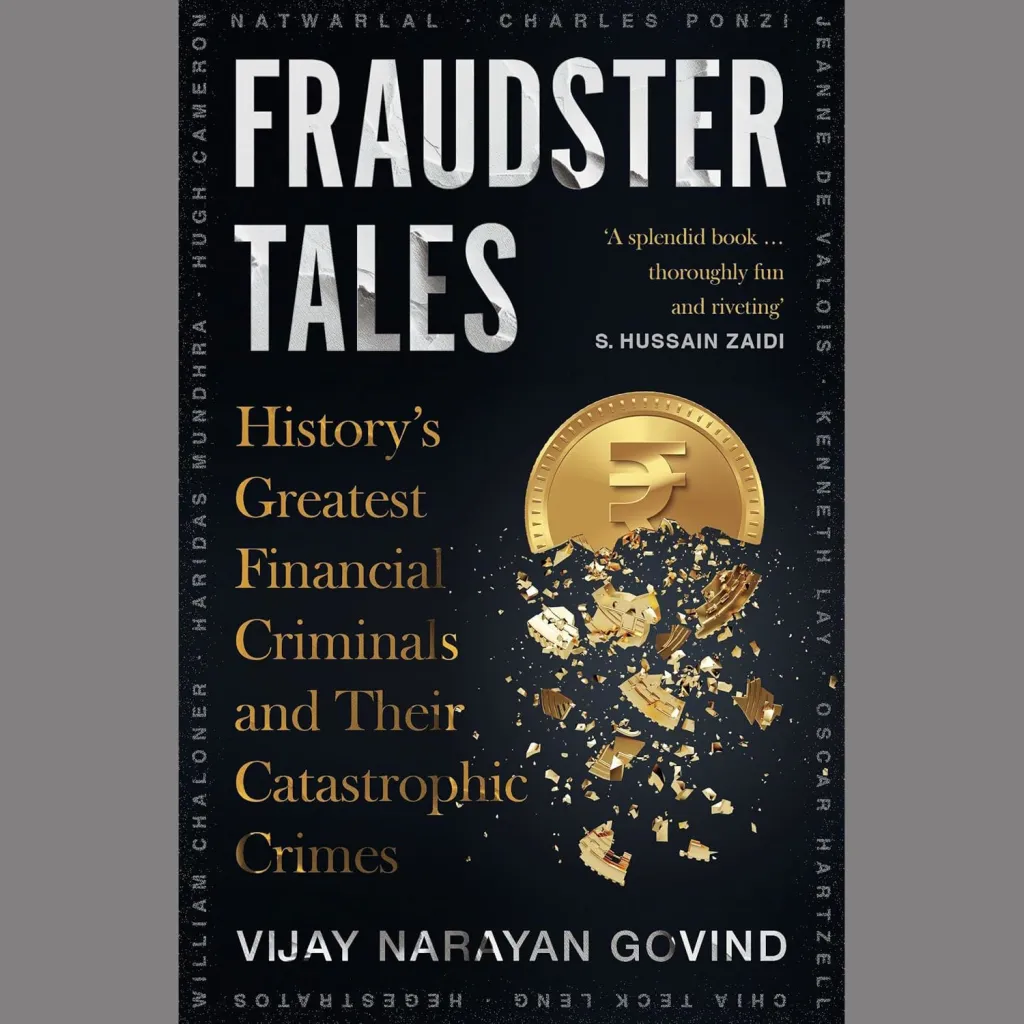
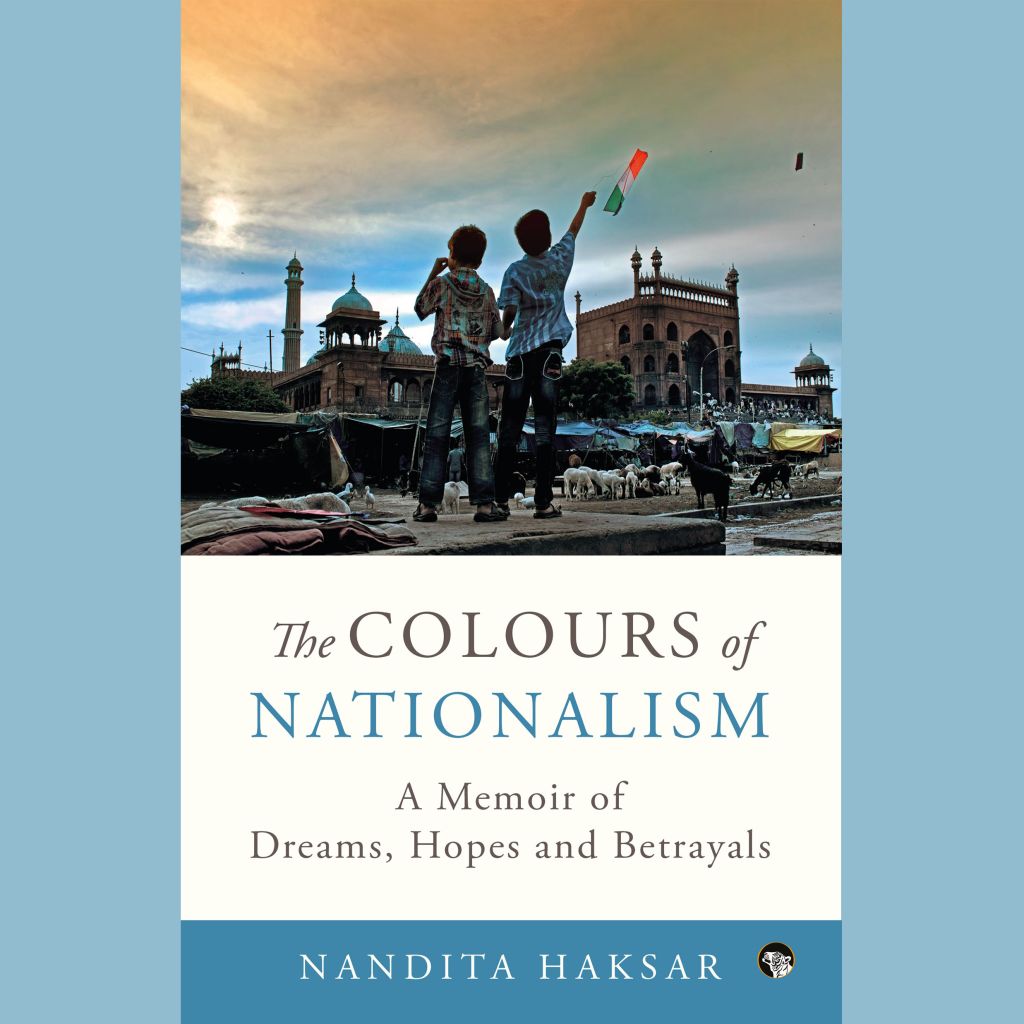
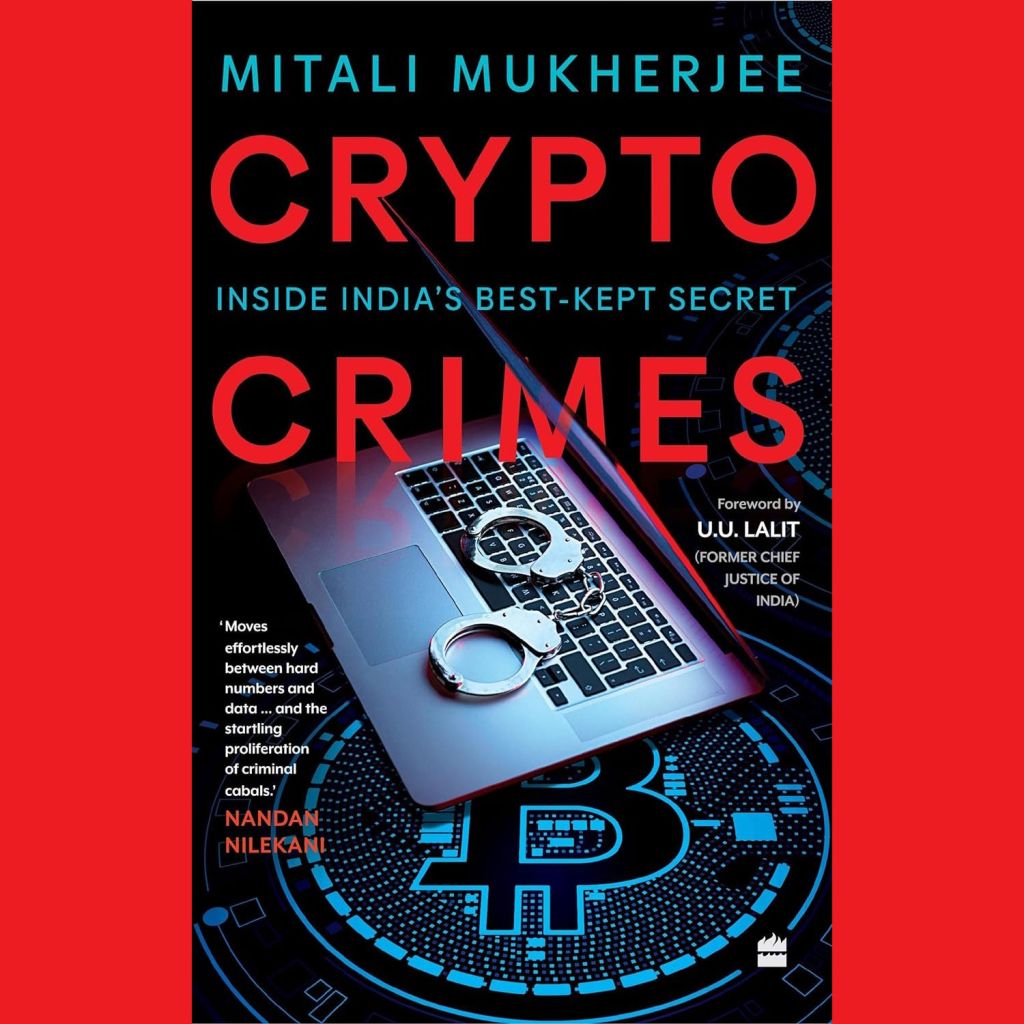


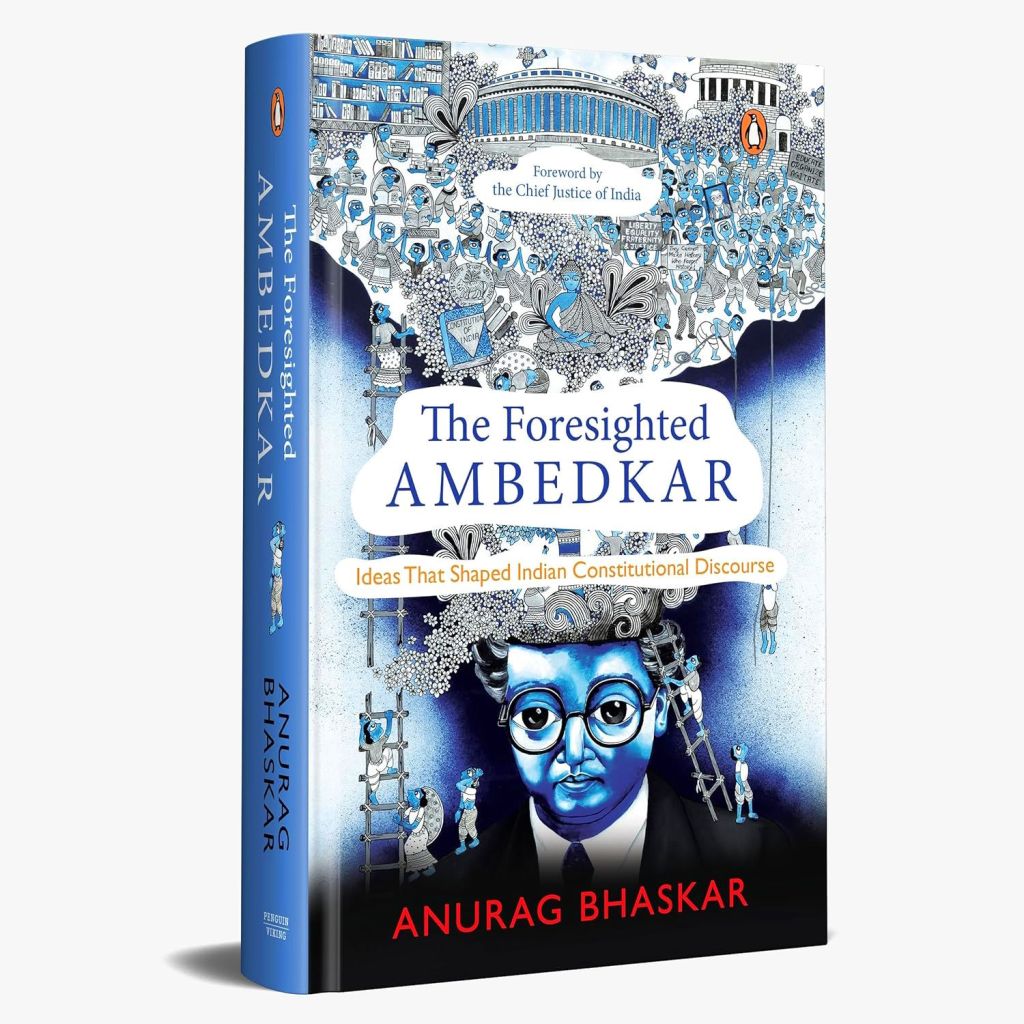



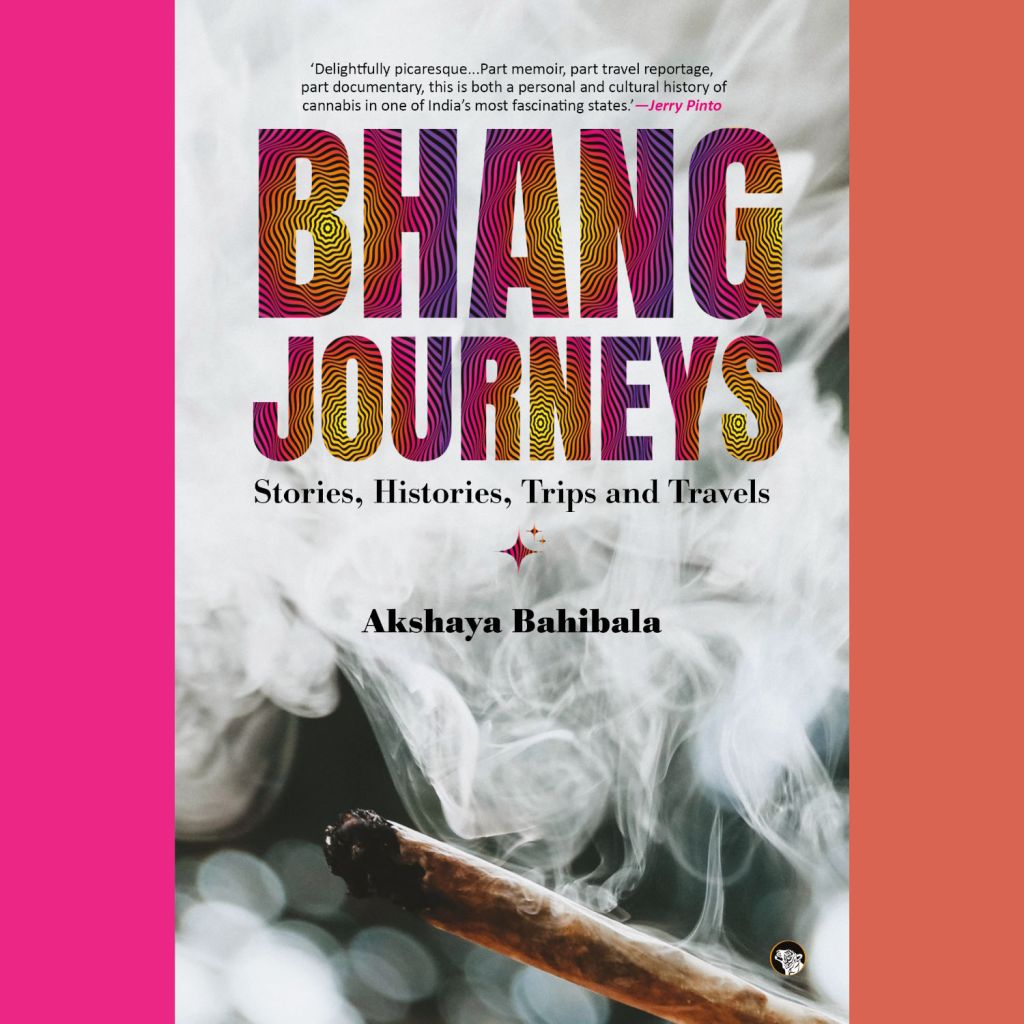
One response to “Flights of Fancy: Essential Reading for Aircraft Geeks”
Also more essential reading is
1) Fate is the Hunter – Ernest Gann
2) Biplane – Richard Bach
3) Forever Flying – Bob Hoover.
4) Skunk Works – Ben Rich
5) 747 – creating the world’s first jumbo jet – Joe Sutter.
6) Skyfaring – Mark Vanhoenacker
7) Stranger to the ground -Richard Bach
LikeLike